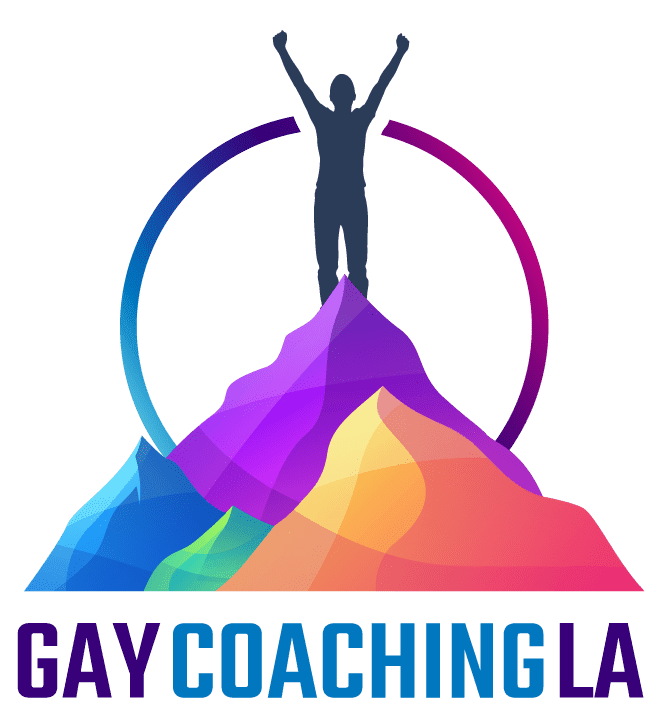Living with HIV and being in a domestic violence relationship often bring up similar issues. Domestic violence, like HIV, is something stigmatized and often hidden, with many people suffering in silence and isolation when what they really need is human contact and specific help. Both HIV and domestic violence are related to human interpersonal relationships, and both have high emotional stakes. The damage done by each is gradual and insidious, and gets worse with time if it is not stridently addressed in a comprehensive plan for help. Women are particularly vulnerable to domestic violence, but it’s important to note that men can be victims, too, and it can occur in opposite- and same-sex relationships.
According to Susan Holt, CDVC, program manager of Family Violence Services and the STOP Partner Abuse/Domestic Violence Program at the Los Angeles Gay & Lesbian Center, about half of all couples experience at least one violent incident, and, in as many as one-third of relationships, violence occurs frequently. “While there are occasional conflicts in all relationships, everyone is entitled to be treated with respect at all times. It is important to remember that domestic violence is not a ‘lover’s quarrel’, ‘fair fight’, or ‘mutual combat’; using abuse and violence is a choice that the abuser makes to gain, or maintain, control of their partner. There are always alternatives.” But what about the usual excuses, such as, “He was just angry”? She clarifies: “Anger is a universal emotion that is experienced by everyone, and can lead to positive changes in relationships. Domestic violence refers to a pattern of abusive behavior that is consistently used by one person in an intimate relationship to gain and maintain power or control, or to punish them for resisting control.” The abuse can be more than physical – it can include verbal, psychological, financial, or sexual abuse.
The issues of HIV and domestic violence sometimes coincide in the lives of some clients. “Because sexual assault is often included in the spectrum of abusive behaviors used by batterers, victims are at high risk for HIV and other STDs,” Susan continued, when I quizzed her about the HIV-domestic violence connection. Additionally, HIV can complicate the situation in numerous ways that can make positive resolution more difficult. An HIV-negative batterer may threaten to expose a positive victim’s status at work or in the family, or withhold shelter or care from the victim. The physical stakes can be higher because abuse-related injuries may exacerbate the stress on the body caused by HIV, and HIV could delay the healing of injuries. Living in a state of anxiety, worry, and fear can reduce T cells and keep the body in a general state of immune-suppressing stress.
To my observation, domestic violence can be masked by denial because of the stigma attached to it that is similar to the stigma of HIV. In addition to denial, victims often experience an internal conflict between loving someone and yet hating how that loved one treats you. Susan adds, “Domestic violence frequently occurs within a cycle of abuse and violence that includes a period of increasing tension, explosion with an acute incident, and a period of remorse or closeness on the part of the abuser. If there is no intervention, the cycle usually escalates over time until the period of remorse and connection is non-existent.” The escalation of these incidents and their severity can eventually lead to the death of the victim, sometimes by “accident”.
For people who are victimized by domestic violence but don’t have enough money to leave on their own, Susan suggests that they contact a specialist trained in both HIV and domestic violence (either at an ASO or domestic violence program) immediately: “He/she can help identify realistic options and develop a safety plan that can be used while in the relationship as soon as possible, before the next violent incident happens. It’s important to remember that leaving an abusive partner without a safety plan, support and information about options is dangerous and can be life-threatening.” Most importantly, according to Susan, if an HIV-positive person in a domestic violence relationship feels isolated, he or she should know that they are not alone and that assistance is available. A good first step is to call a local organization or contact the National Domestic Violence Hotline at (800) 799-7233 or (800) 787-3224 (TDD). In an emergency, calling 911 is still the best option.
When people are dealing with more than one major life challenge at once, such as HIV and domestic violence, they need to address each part separately in a comprehensive “web” of help. People who successfully escape domestic violence often find that their HIV health care and general outlook improve because their bodies are literally safer, and physical and emotional healing can begin.
Many thanks to Susan Holt for her years of dedication to this cause and for her words of wisdom. Susan Holt and the program at the LA Gay & Lesbian Center can be reached at domesticviolence@laglc.org.

